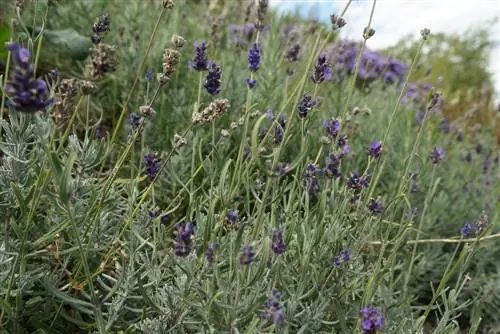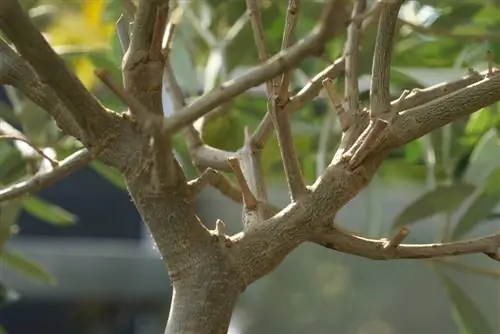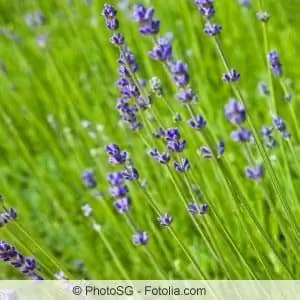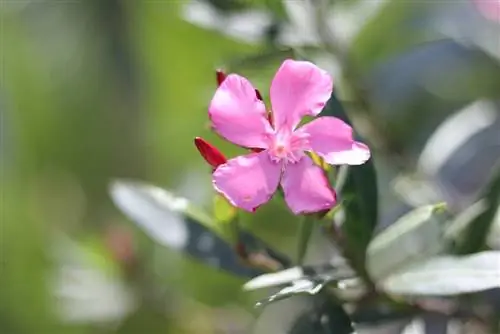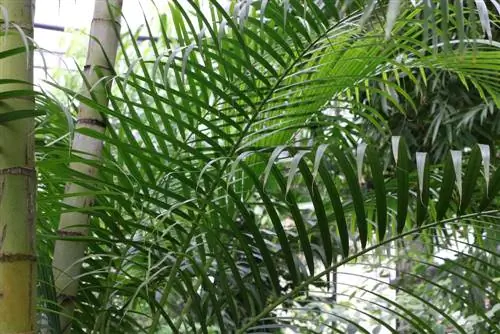- Author admin [email protected].
- Public 2023-12-17 03:39.
- Last modified 2025-06-01 06:48.
Decorative, aromatically scented and with a calming effect - lavender should not be missing in any garden. The popular plant, which attracts countless bees during the summer, is a visual highlight in every bed. Since lavender can live up to 30 years, hobby gardeners should also think about overwintering when they buy the plant; With the right variety and optimal care measures, lavender successfully survives the cold season and blooms reliably again the following year.
Winter-hardy versus frost-resistant - definition
Lavender is not generally hardy; On the contrary, successful overwintering also depends on the variety. Lavender, which is described as hardy, has a certain insensitivity to cold stress - which occurs when air and soil temperatures fluctuate or wind, frost and permanent frost as well as dryness and dew occur. Hardy lavender has the following properties:
- still needs some protection in winter
- Protective measures depend on the region
- fluctuating weather conditions are poorly tolerated
Lavender, which is described as hardy, is not frost-resistant; because this would mean that the plant can survive even stronger periods of frost unscathed.
Winter-hardy classic: real lavender
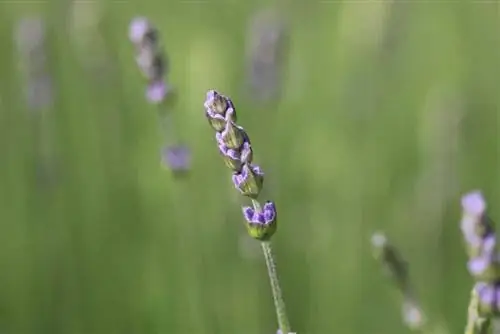
Only real lavender (Lavandula Angustifolia) is completely hardy. It is generally considered the most robust variety and is a classic at home in many German gardens. Real lavender grows up to 80cm high and can tolerate temperatures down to -15°C - at least for a short time. The plant impresses with its blue-violet flowers, which hang on long panicles and unfold from June to August. However, it is not uncommon for real lavender to bloom until autumn.
Lavender from Provence - only conditionally hardy
Originally from Provence, Lavandin is also being cultivated more and more frequently in Germany. This variety can also be left in the garden during the cold season, but is only considered hardy to a limited extent. The plant has the following properties:
- rises up to 90cm high
- presents long panicles
- grows rather bushy
- can tolerate temperatures down to -10° Celsius for short periods
- blooms from May/June until well into autumn
Tip:
While real lavender only needs winter protection in most cases, lavender definitely needs protection in the cold season.
Conditionally hardy lavender - Lavandula Stoechas
The crested lavender, also known as Arabian lavender, also needs additional winter protection and reaches a height of between 30 and 100cm. The black-purple flowers, which turn dark, are particularly striking. The flower spikes form a decorative crown over the bush; The flowering period begins in March, depending on the weather. Like Lavandin, this variety can tolerate temperatures down to -10° Celsius for short periods
Preparing for winter
No matter which winter-hardy or partially winter-hardy variety is selected for cultivation - in the vast majority of cases, the plant must be optimally prepared for winter. This includes looking for an ideal location in the summer; Lavender feels particularly comfortable in a place that has the following properties:
- sunny location
- sufficient heat
- dry
If you want lavender to stay in the garden during the cold season, it is important to plant it in spring; then the plant can grow well and survive frost and snow better. In addition, care should be taken to ensure adequate sun protection when exposing the lavender; Twigs, a layer of leaves or a straw mat over the roots protect this sensitive area in winter. This prevents the plant from drying out, which can happen quickly due to the strong winter sun.
Note:
The final pruning should be done in early summer; If lavender is cut back too late, there is a risk of frost damage as the interfaces can dry out.
Winter protection and care
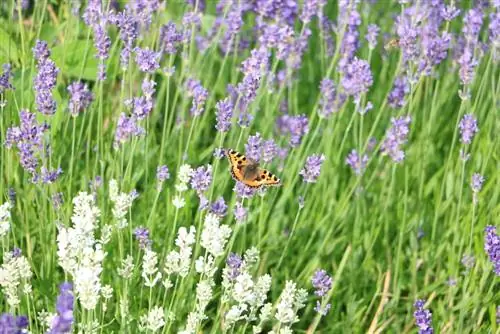
Lavender almost always needs winter protection in our latitudes - depending on the variety and the region in which it is cultivated. Conditionally hardy varieties, for example, do not require additional protection if they are already in front of a niche or a wall. In all other cases, the following aspects apply to successful wintering:
- Covering the ground with brushwood
- additional protection with plant fleece
- especially if the lavender is free in a bed
Tip:
Lavender can usually cope better with a blanket of snow than with prolonged periods of frost. Fluctuating temperatures with frost, thaw, snow and rain are also harmful.
Winter care includes careful watering, but this should only be done if the soil is permeable or frost-free. Otherwise there is a risk that both the plant and the root will freeze and be damaged. When watering on warm days when the sun comes through, care should also be taken to use a small portion of water; In winter, watering requires a lot of sensitivity!
Conclusion
Lavender can definitely be overwintered in our latitudes. However, both hardy and partially hardy varieties usually require additional protection; If this is installed, the hobby gardener can also look forward to a blooming and fragrant lavender bed the following year.

